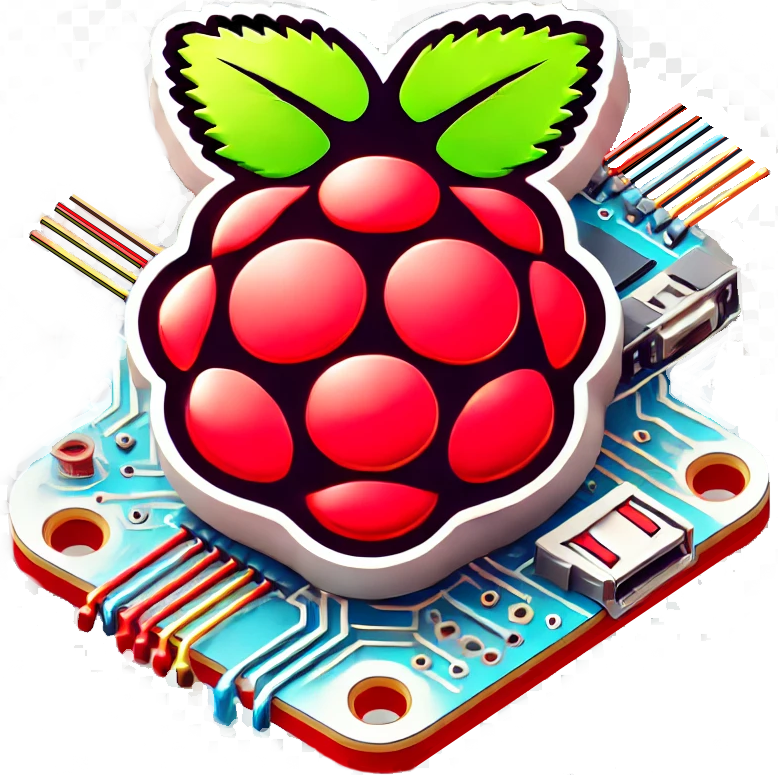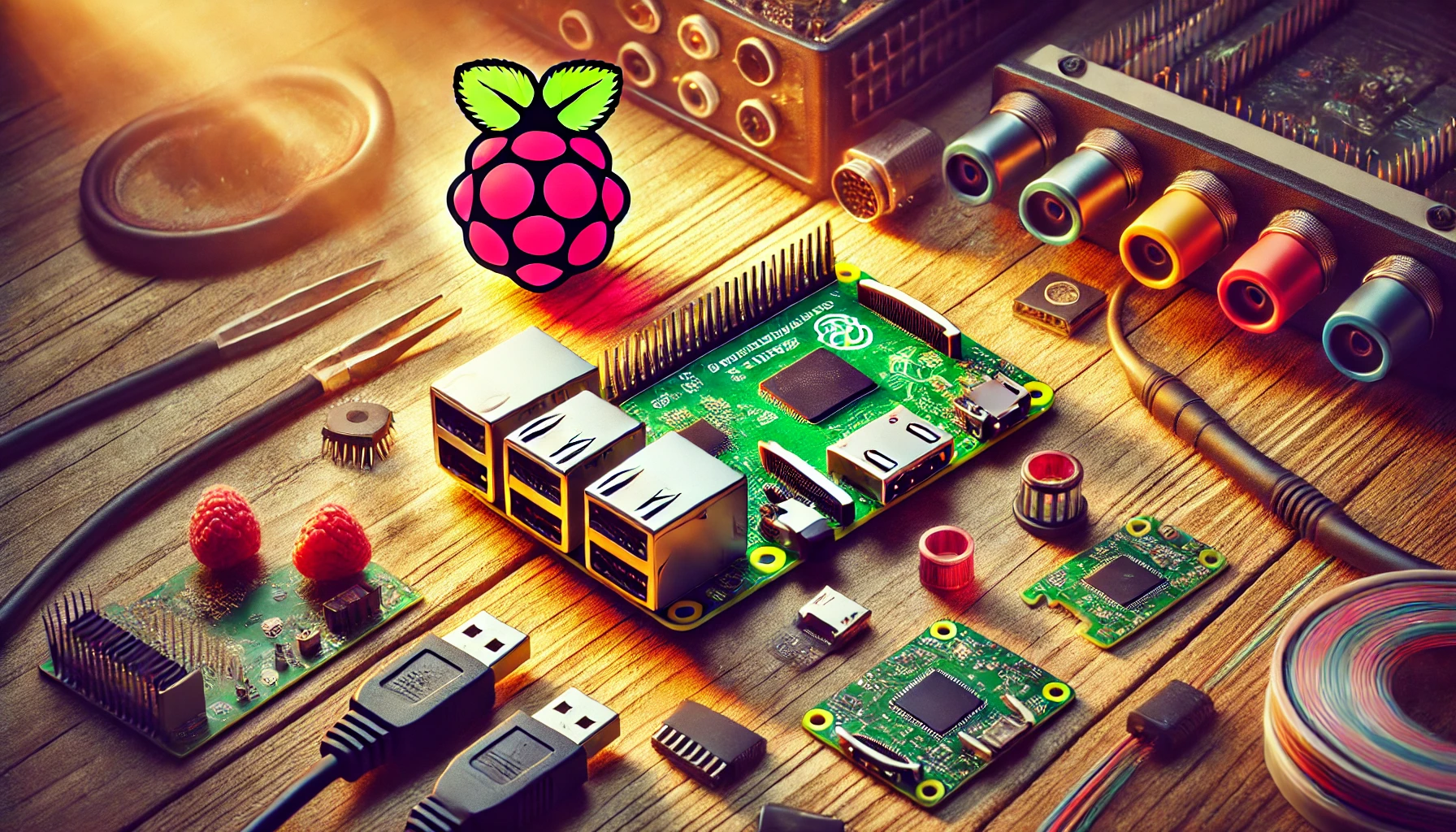If you’ve ever wanted to harness the full potential of your Raspberry Pi, setting up a multiboot system with BerryBoot might be just what you need. This powerful boot manager allows you to install and run multiple operating systems on a single SD card, transforming your single-board computer into a versatile powerhouse. You’ll be able to switch between different OSes effortlessly, tailoring your Pi to suit various projects and applications. But before you access it, it’s essential to understand the process, from hardware requirements to troubleshooting common issues. Are you ready to explore your Raspberry Pi’s true potential?
Key Takeaways
Understanding BerryBoot and Its Benefits
BerryBoot is a versatile boot manager for Raspberry Pi that enables users to install and run multiple operating systems on a single SD card. It offers an intuitive interface, simplifying OS image management and boot order customization. BerryBoot expands on the Raspberry Pi Imager’s capabilities by providing advanced multi-boot options.
With BerryBoot, users can switch between different environments effortlessly. They can test various distributions, run older software, or showcase their Raspberry Pi’s versatility. The BerryBoot menu makes it easy to select the desired OS at startup.
BerryBoot supports many Raspberry Pi models, including the Raspberry Pi 3, but doesn’t work with the Raspberry Pi 4. It’s an open-source tool, distributed under the GNU General Public License v3, and is free to download and use.
BerryBoot transforms a single-board computer into a multi-functional device. For example, users can set up one OS for media streaming, another for retro gaming, and a third for programming projects. This flexibility allows for diverse applications without needing multiple SD cards or devices.
The software’s user-friendly design makes it accessible to beginners while offering advanced features for experienced users. It supports a wide range of Linux distributions and other operating systems compatible with Raspberry Pi hardware.
BerryBoot’s ability to manage multiple OS installations on limited storage space is particularly useful for Raspberry Pi’s typically small SD cards. It efficiently allocates space, allowing users to maximize their device’s potential without hardware upgrades.
Required Hardware and Software
BerryBoot multiboot setup for Raspberry Pi requires specific hardware and software components. A Raspberry Pi 3, 4, or 400 with at least 4GB of RAM serves as the core of this versatile system. You’ll need a micro SD card for booting and can add a USB drive for extra storage. Essential peripherals include a keyboard, mouse, HDMI cable, Ethernet, and USB cable.
The software side demands the BerryBoot image, which you can snag from the official website, GitHub, or SourceForge. You’ll also need BerryBoot-compatible OS images for your chosen operating systems. If your preferred OS isn’t supported out of the box, you can ask for a BerryBoot format conversion.
| Hardware | Software |
|---|---|
| Raspberry Pi (3/4/400) | BerryBoot image |
| Micro SD card | OS images (compatible) |
| USB drive (optional) | Image writer |
A PC or Mac with internet access is crucial for downloading the necessary images and software. An image writer tool will flash the BerryBoot image onto your micro SD card, laying the groundwork for your multiboot Raspberry Pi setup.
BerryBoot’s flexibility allows you to run multiple operating systems on a single Raspberry Pi. For example, you could set up Raspberry Pi OS for general computing, RetroPie for retro gaming, and Kodi for media streaming, all accessible from one device. This setup maximizes the utility of your Raspberry Pi, turning it into a Swiss Army knife of computing.
Preparing Your SD Card
BerryBoot multiboot setup requires proper SD card formatting. To start, insert your SD card into your computer’s card reader. Download and install SD Card Formatter or Raspberry Pi Imager for reliable formatting. Raspberry Pi Imager offers the added benefit of direct operating system installation.
Open your chosen formatting tool and select your SD card. Pick a quick format with FAT32 file system for best compatibility. After formatting, you’ll write the BerryBoot image to your SD card using Balena Etcher, a user-friendly imaging tool.
Get the latest BerryBoot image from their official website. Launch Balena Etcher, choose the BerryBoot image file, select your formatted SD card as the target, and click ‘Flash’. This process might take a few minutes, depending on your computer’s speed and SD card size.
When flashing is done, safely remove the SD card from your computer. Your SD card is now ready with BerryBoot for your Raspberry Pi. This preparation ensures a smooth multiboot setup, letting you use your Raspberry Pi in many ways.
Some tips to remember:
- Use a high-quality SD card for better performance
- Double-check that you’ve selected the correct SD card before formatting
- Keep your BerryBoot image up-to-date for the latest features and fixes
Installing BerryBoot on Raspberry Pi
BerryBoot installation on Raspberry Pi is a straightforward process that allows multiboot functionality. To begin, download the BerryBoot image from the official website, making sure it’s compatible with your Pi model. BerryBoot doesn’t support Pi 4 yet.
Consider your project’s needs when deciding between BerryBoot and a single-OS setup.
Flash the BerryBoot image onto your SD card using Etcher or a similar tool. This will erase existing data, so back up important files first. After flashing, eject the SD card safely from your computer.
Pop the BerryBoot-formatted SD card into your Raspberry Pi and power it on. The BerryBoot interface will appear, letting you pick and install various OS images. This is where you’ll customize your multiboot setup.
BerryBoot’s menu lets you select OSes, set boot order, and tweak other settings. Its user-friendly interface makes managing multiple OSes on one device a breeze.
With BerryBoot set up, you can now switch between different operating systems on your Pi. For example, you might boot into Raspbian for everyday tasks, then switch to RetroPie for gaming. This flexibility lets you use your Pi for various projects without swapping SD cards.
Adding Multiple Operating Systems
BerryBoot’s core functionality is adding multiple operating systems to your Raspberry Pi. After installing BerryBoot on your SD card, you’re set to expand your Pi’s capabilities. BerryBoot’s menu lets you select “Add OS” and choose from compatible options. It’s similar to using the Raspberry Pi Imager, but with more flexibility for multiple installations.
BerryBoot creates separate partitions for each OS on your SD card. This setup allows independent operation, preserving unique settings and files. Once installed, you’ll see your new OS options in the BerryBoot menu.
To boost performance, adjust storage space for each OS in BerryBoot’s settings. You’re not limited to just two systems; BerryBoot supports multiple installations, only constrained by your SD card’s size. Try different distributions to make the most of your Pi’s versatility. Each new OS expands your Pi’s functions and teaches you about multi-boot setups.
For example, you might install Raspbian for general use, RetroPie for gaming, and LibreELEC for media streaming. This combo turns your Pi into a multi-purpose device. Remember to allocate enough space for each system’s needs. A 32GB card could comfortably fit these three OSes with room for files and updates.
BerryBoot simplifies switching between systems. At startup, you’ll see a menu listing your installed OSes. Select the one you want, and your Pi boots into that environment. It’s like having multiple computers in one small package.
Configuring the Boot Menu
Configuring BerryBoot’s boot menu is essential for optimizing your Raspberry Pi’s multiboot setup. BerryBoot, a flexible alternative to NOOBS, allows users to manage multiple operating systems efficiently. To access the BerryBoot interface, you’ll need to boot from an SD card. This process shares similarities with configuring other Raspberry Pi software, but it’s tailored specifically for managing multiple OSes.
Follow these steps to set up your BerryBoot menu:
- Pick your main OS that’ll start up automatically after a set time
- Change the waiting time to let you choose an OS manually
- Order your installed OSes based on how often you use them
- Add password protection to specific OS options if you need to
BerryBoot’s flexibility lets you customize your setup to fit your project’s needs. You can easily switch between different operating systems, making it ideal for users who work on various projects or need different environments. For example, you might’ve Raspbian for everyday use, RetroPie for gaming, and a media center OS for entertainment.
When setting up your boot menu, think about which OS you use most often and set it as the default. If you’re working on a time-sensitive project, you might want to reduce the boot delay to get started quickly. On the other hand, if you frequently switch between OSes, a longer delay might be better.
Troubleshooting Common Multiboot Issues
Troubleshooting common multiboot issues is essential for maintaining a stable Raspberry Pi setup. Multiboot problems often stem from storage, compatibility, or configuration errors. To start, check your microSD card’s capacity and format (FAT or FAT32) before adding BerryBoot files. Ensure your BerryBoot version works with your Pi model, as newer versions mightn’t support older hardware. Instead of using Scratch, try PiOS (formerly Raspbian) to learn Raspberry Pi basics before tackling complex setups.
For USB boot troubles, verify your drive’s compatibility and formatting. Check if your USB-SATA adapter supports needed USB modes. When installing OSes, make sure your images work with both BerryBoot and your Pi’s hardware. Tools like Etcher or dd can create bootable media more reliably than Win32 Disk Imager or Rufus.
Display glitches often improve by tweaking BerryBoot or OS settings. For minimal OSes like PiOS Lite, you might need to manually set up the display. Keep an eye on the Pi Foundation’s updates for the latest compatibility info. By addressing these issues step-by-step, you’ll create a robust multiboot system on your Pi.
Remember to:
- Use a high-quality microSD card (Class 10 or UHS-I)
- Download OS images from official sources
- Update your Pi’s firmware regularly
- Use a reliable power supply (at least 3A for Pi 4)
These tips will help you avoid common pitfalls and enjoy a smooth multiboot experience on your Raspberry Pi.
Frequently Asked Questions
How to Boot Multiple OS in Raspberry Pi?
To boot multiple OSes on your Raspberry Pi, you’ll need to use a boot manager like BerryBoot. Install it on your SD card, then add and configure your desired OS images through its interface. You’ll be able to select which OS to boot at startup.
What Is the Difference Between Pinn and Berryboot Raspberry Pi?
You’ll find that Pinn offers a command-line interface, while Berryboot provides a GUI. Berryboot supports more Pi models, allows direct OS installation, and offers persistent storage. Pinn’s lightweight approach contrasts with Berryboot’s extensive, user-friendly multiboot experience.
What Is the Alternative to Berryboot Raspberry Pi?
You’ve got several alternatives to BerryBoot for multibooting on your Raspberry Pi. NOOBS offers a user-friendly interface, while Ubuntu Server and Desktop provide Linux versatility. You can also use Raspberry Pi Imager, DietPi, or try USB-based multiboot setups.
How Does Berryboot Work?
BerryBoot works by creating a bootloader that manages multiple OS images. You’ll install it on your SD card, then select and download OS images through its interface. It uses an overlay system to store changes, allowing easy switching between systems.





